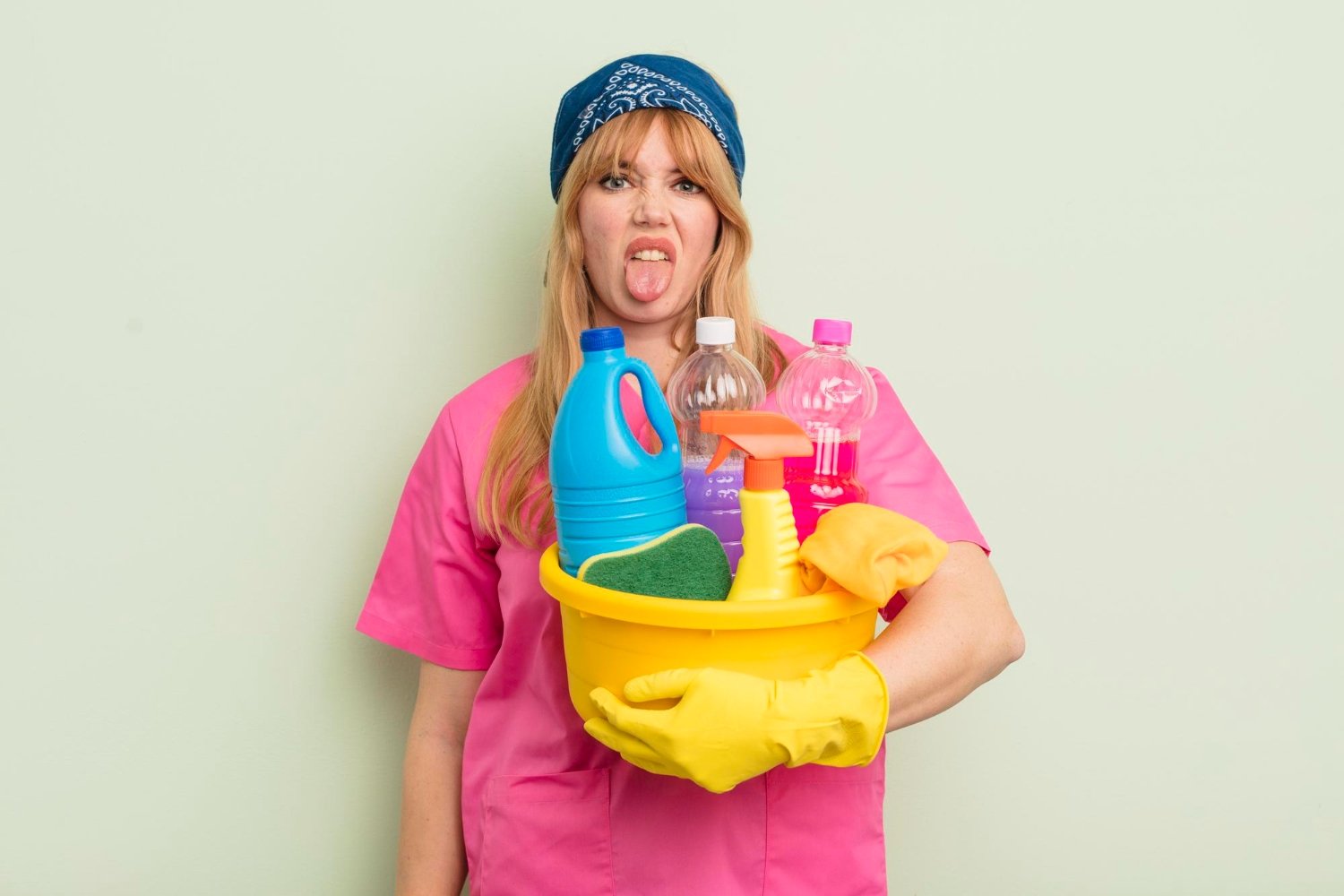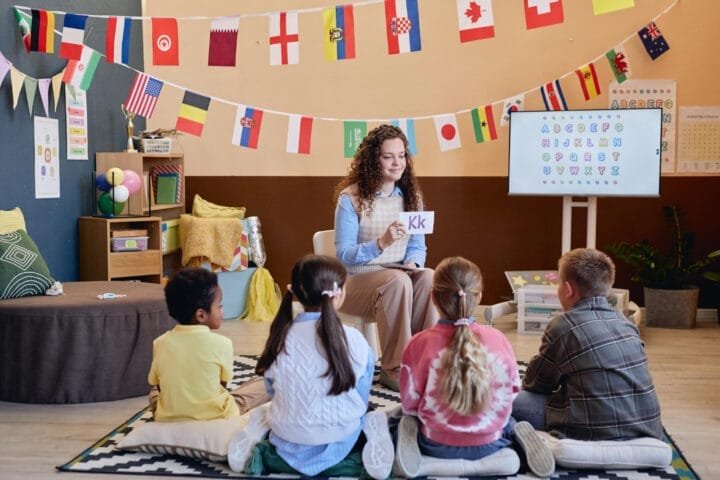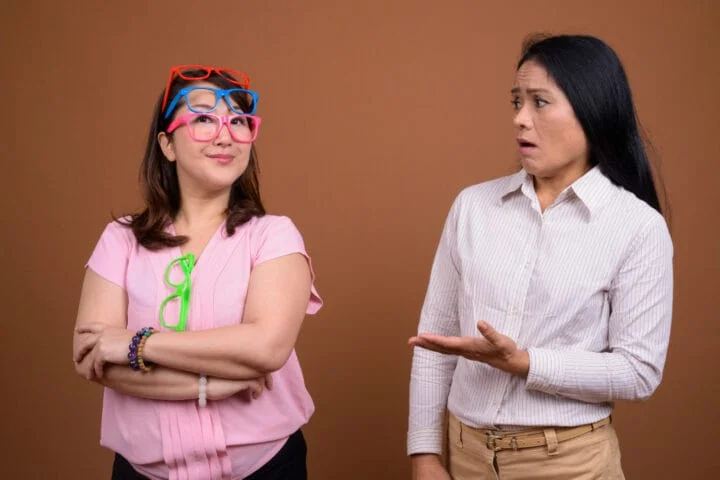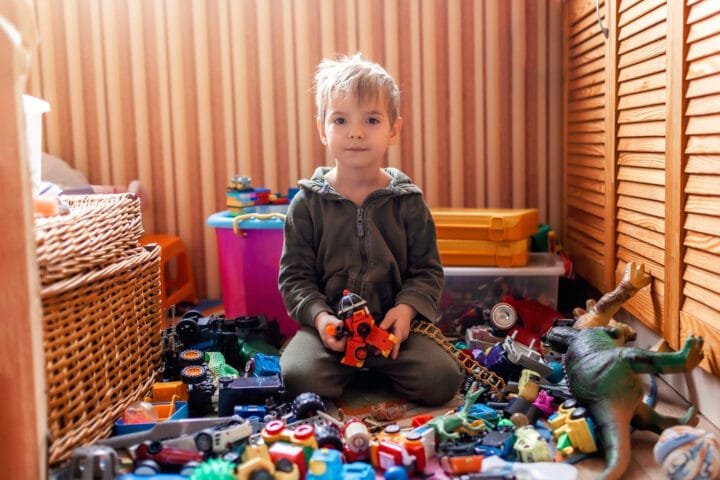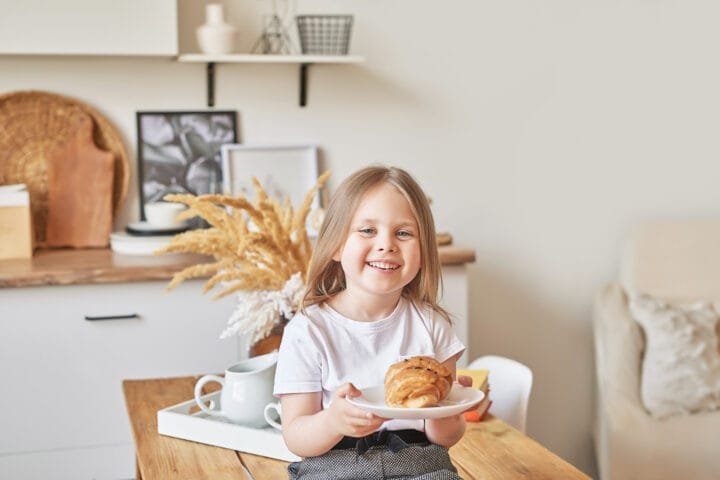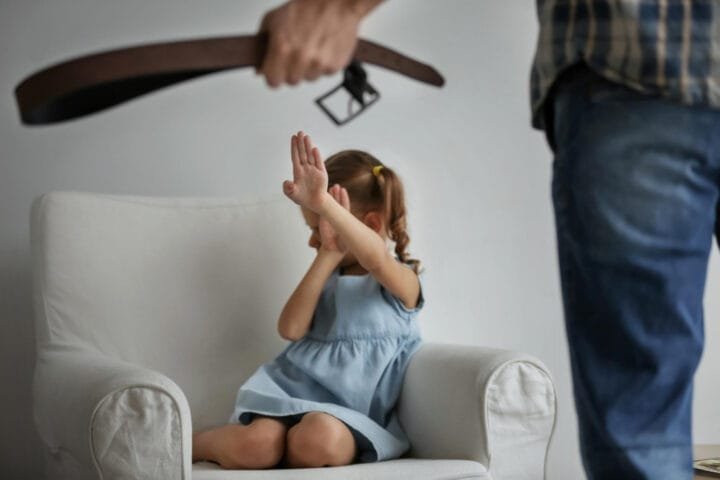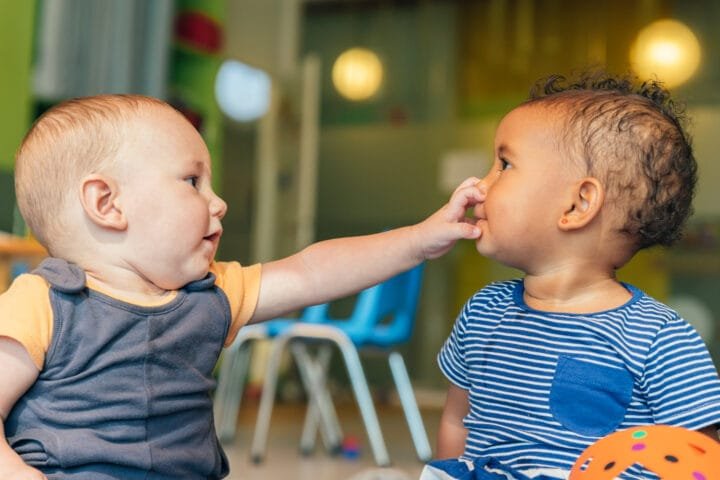“Mama, It Hurts”: How Do We Help the Children Who Have Cancer Through the Emotional Storm?
Imagine your life is a perfectly curated Instagram feed, all sunshine and rainbows. Then, BAM! A diagnosis, “cancer,” hits you like a sucker punch to the gut. That was my reality; my perfectly filtered world shattered into a million jagged pieces. My precious baby is suddenly battling an invisible monster inside their body. It feels like a nightmare. Yet, amid the fear, we’ve discovered incredible strength, fierce love, and resilience. I will share everything—the good, the bad, and the ugly—about our fight through this. Not just the medical mumbo-jumbo, but the real, raw, emotional rollercoaster that nearly ripped us apart and then, somehow, stitched us back together, stronger than before.
This is our story. Maybe, just maybe, it’ll help you understand how we help the children who have cancer navigate this brutal, unfair, soul-shaking journey, not just physically but emotionally, too. Trust me; the emotional battle is a whole other beast.
It’s Way More Than Just a Physical Battle, Folks
The Unseen War: It’s Raging in Their Hearts and Minds, Too
When “childhood cancer” is mentioned, it feels devastating. We envision heart-wrenching images of chemotherapy, hair loss, and sterile hospital rooms. Another war is being fought—one that is silent—within the hearts and minds of brave young warriors. Childhood cancer isn’t just about a sick body; it also severely impacts a child’s emotional well-being. Every year, thousands of kids are diagnosed, and each one of them is flung into an emotional maelstrom that would make even the most muscular adult crumble.
And we, their parents, who are supposed to have all the answers, have to figure out how to be their anchors in this storm and keep them from being swept away by the tidal wave of fear and uncertainty.
Kid Brains: They’re Not Wired Like Ours, Thank Goodness
Kids aren’t just miniature adults. Thank goodness for that, am I right? Their brains function like a chaotic Jackson Pollock painting, constantly evolving. My youngest once asked if her cancer was a “naughty germ” needing “super-duper medicine” to go away. This highlights how children process complex concepts differently, with their understanding and emotional expression tied to their developmental stage. One kid might clam up tighter than a bank vault, while another might act out, throw epic, wall-shaking tantrums, or become clingier than a lovesick octopus. We got to meet them where they are, emotionally speaking, if we have any hope of helping them through this. Experts agree that a child’s developmental stage significantly impacts their emotional reactions to a cancer diagnosis.
Our New Roles: Suddenly, We’re Wearing All the Hats (and They Don’t Fit)
Boom! Just like that, you’re not just a parent anymore. You’re a nurse, a therapist, a cheerleader, a nutritionist, a chauffeur, and the CEO of Emotional Support. You’re juggling more hats than a milliner at a royal wedding, and none of them fit properly! The most crucial role, though? Creating a haven, a judgment-free zone. Right then and there, I made a vow to be a refuge, a place where my child could unleash every messy, scary, confusing emotion without judgment. It’s about saying, “Scream if you need to, little one,” “Cry it out, honey,” “You’re allowed to be mad at the whole darn universe, and then some, and I’ll be mad right along with you.” We’re their emotional shock absorbers, buffering them from the most brutal blows that threaten to shatter their spirit. Research shows that a supportive environment is crucial. Duh.
The Emotional Spectrum: A Wild, Unpredictable Kaleidoscope of Feelings
Fear and Anxiety: Living with Those Pesky “What Ifs” That Won’t Shut Up
Oh, the dreaded “what ifs.” They’re like a swarm of angry wasps, buzzing around your head, stinging you with worry. For our kids, these fears are on steroids, pumped up to the max. “What if the medicine makes me barf my guts out?” “What if my friends forget about me while I’m stuck in this place?” “What if… what if I don’t make it?” My little one started having nightmares about “the needle monster” coming to get her in her sleep. It was soul-crushing to hear her whimpers in the dark. Their anxiety can manifest in all sorts of sneaky ways: tummy aches that never seem to go away, sleepless nights filled with tossing and turning, or even acting like a baby again, regressing to behaviors they’d long outgrown. It is said that over 75% of children with cancer grapple with significant fear and anxiety.
Anger and Frustration: The “It’s So Unfair!” Fury That Burns Like Fire
“It’s not fair, Mom! Why can’t I go outside and play like the other kids?” That question. It was like a dagger to the heart, twisting with every word. Cancer’s a thief, a robber, a tyrannical. It robs kids of their control and childhood piece by piece. It’s no wonder they are angry and frustrated! Imagine being told you can’t run, jump, or play or that you must eat food that tastes like wet cardboard. I’d probably throw a massive tantrum! Our son, in a fit of pure, unadulterated rage, once punched a hole straight through his bedroom wall. We realized we had to help him channel that fury and find a healthy outlet for that burning anger. Pillow fights became our go-to anger management technique. We’d all wail on those pillows until we were exhausted and giggling. It was therapeutic for all of us, to be honest.
Sadness and Grief: Mourning What’s Gone Missing, Like Tears in the Rain
Childhood cancer brings profound grief, like a heavy weight on tiny chests, mourning the stolen childhood and lost dreams. They grieve for missed birthday parties, soccer games, sleepovers with friends, and the simple, everyday joy of being a carefree kid. My daughter would stand by the window for hours, watching other kids play. Her eyes were sorrowful as if she were drowning in sorrow. We must let them grieve and acknowledge their pain, as it’s essential for healing, no matter how difficult it is to see.
Guilt and Shame: Burdens They Shouldn’t Have to Carry, But They Do
This one breaks my heart into a million irreparable pieces. Some kids, especially if they’re a bit older, might feel guilty about the chaos their illness creates for the family. They see the worry etched on our faces, the hushed, panicked phone calls about mounting bills, and they internalize it all like little sponges soaking up our stress. They might think they’re a burden, a problem to be solved, which is the most devastating thing a parent can hear. We had to constantly reassure our child that none of this was their fault, that our love was a never-ending well, more profound than the ocean, and that we were a team, fighting this monster together, no matter what. Shame can also creep in, like a slimy, unwelcome guest, especially if the treatment causes visible changes like hair loss or weight fluctuations. Their self-esteem can plummet faster than a lead balloon in a hurricane.
Loneliness and Isolation: Feeling Like They’re on Another Planet, All Alone
Hospital stays missed social events, and feeling “different” can make a kid feel like they’ve been exiled to another planet, light years away from everyone they know and love. Imagine being cooped up in a sterile hospital room, surrounded by beeping machines and the smell of antiseptic instead of your best buddies, your dog, and the comforting chaos of home. It’s incredibly isolating, like being trapped in a soundproof bubble, where you can see the world outside but can’t quite reach it. Our daughter felt alone when she couldn’t attend school. Video calls didn’t compare to good old-fashioned playdates with scraped knees and shared secrets. It felt like watching a party from the outside, which was painful. Finding ways to keep her connected, even in small ways, became essential—a lifeline in the darkness.
Actionable Strategies for Emotional Support During Treatment: Let’s Get Our Hands Dirty
Honest Talk: Creating a No-Judgment Zone, Seriously, No BS
Straight talk but make it kid friendly. That’s the golden rule, the secret sauce. Create a safe space where they can unleash all the feelings, no matter how messy, scary, or downright ugly, without fear of being judged or shushed. Use words they understand to explain what’s happening, even if it’s creepy. Answer their questions truthfully, even the tough ones that make you want to run and hide. And for the love of all that is holy, listen – truly listen – without interrupting, trying to fix everything, or offering platitudes. We used a big whiteboard to draw pictures of what chemo does, like a superhero fighting the bad guys in her body. We told our kids they could ask us anything, anytime, no matter how weird or scary it sounded. And we always validated their feelings. “It’s okay to be terrified of the needle,” or “It’s understandable to be angry at the cancer. I’d be angry, too.” Those simple phrases are like magic. They create an environment of trust and safety where healing can begin.
Giving Them a Voice: Power in the Little Choices, Because They Need It
Cancer’s a control freak, a micromanager from hell. It tries to take over everything, dictating every aspect of their little lives. So, we got to fight back, tooth and nail, and give them some power back, even in the most minor ways. Let them make choices. “Do you want the strawberry or grape medicine?” “Which arm do you want the nurse to use for the blood draw?” “What movie should we watch after your treatment, kiddo?” These might seem like tiny things, insignificant in the grand scheme, but they give kids a sense of agency in a situation where they often feel utterly powerless, like a leaf in a hurricane. Our son got to pick out a crazy, colorful hat after he lost his hair. He strutted around like a little king in that hat, a tiny, bald superhero. It was small, but it gave him a sense of control, a much-needed confidence boost, and a little spark of joy in the darkness.
Staying Connected: Friends and Family are Super Important, Like Oxygen
Humans are social creatures. We’re wired for connection, and kids are no exception. They need their tribe. Maintaining those bonds with friends and family is a lifeline for kids with cancer, a tether to the world outside the hospital walls. Get creative even during hospital stays or when they feel crummy and exhausted! Video calls, silly texts, drawing pictures for each other, and care packages filled with their favorite things (and maybe some contraband candy) help bridge the gap when you can’t be together in person. Connecting with other families who’ve been there, done that, and have the emotional scars to prove it is also a total game-changer. Support groups, online forums, and mentorship programs create a strong sense of belonging. Joining a local support group felt like finding our long-lost tribe. Sharing experiences and advice with fellow parents who understood our struggles was a soothing balm for the soul. And for our kids, meeting other children who were also kicking cancer’s butt made them feel less alone like they were part of a unique, fearless club, a fellowship of the very brave.
Routine and Predictability: Finding Sanity in the Chaos, Clinging to Normalcy
In the chaos of cancer treatment, a routine provides comfort, like a warm blanket on a cold night. Maintaining a schedule for meals, sleep, and recreation can offer stability amid the turmoil. Even during hospital stays, try maintaining familiar routines and some semblance of normalcy. This predictability provides comfort and stability in a world that feels anything but stable and normal. We tried to keep our family dinners a constant, even if one of us was at the hospital with our child. It was a small thing, a tiny ritual, but it helped maintain a sense of normalcy for everyone involved, like a little island of calm in the turbulent sea of cancer.
The Emotional Landscape After Treatment: It’s Not Over When It’s “Over”
The Fear of “What If It Comes Back?”: Facing the Boogeyman in the Closet
The fear of recurrence feels like a boogeyman lurking in the shadows, ready to surprise you at any moment. Minor aches, fevers, and doctor visits can trigger intense anxiety. Acknowledging this fear is essential, as it can be all-consuming for those who face it. Help them develop coping mechanisms – deep breathing exercises (in through the nose, out through the mouth), mindfulness techniques (like focusing on the present moment), or just talking about their worries, getting them out in the open where they lose some of their power. Having a clear follow-up plan with the medical team can also provide reassurance and a sense of control, a feeling that they’re not alone in facing this fear. We practiced “square breathing” with our daughter whenever she got anxious about a check-up. It helped her calm down and feel more grounded, as if she could handle whatever came her way and was more potent than her fear.
Body Image and Self-Esteem: Loving the Skin They’re In, Scars and All
Cancer treatment can leave its mark, both inside and out, like a battlefield scarred by war. Hair loss, weight changes, scars from surgery – they can all do a number on a child’s body image and self-esteem. It’s so important to help them embrace these changes, to see them not as imperfections but as badges of honor, proof of their strength and resilience. Build confidence from the inside out. Focus on their inner strength, kindness, and incredible spirit, that spark that makes them unique. Encourage them to do things they love, things that make them feel good about themselves and strong and capable. Celebrate their uniqueness, quirks, battle scars, inside and out. Remind them that true beauty radiates from within, like a light that can never be dimmed and shines even brighter because of what they’ve overcome. We signed our son up for swimming lessons after treatment. It helped him rebuild his physical strength and feel more confident and in control of his body. Seeing him splash around and laugh with the other kids, his scars glistening in the sun, was pure, unadulterated joy.
The Long Haul: Dealing with the Leftovers of Cancer, Because It Lingers
Childhood cancer survivors can face a whole smorgasbord of late effects, both physical and emotional, like unwanted party guests who won’t leave. Learning difficulties, fertility issues, and heart problems can be overwhelming. Acknowledging these challenges and seeking proactive support, such as regular check-ups, counseling, and support groups, is essential. We recently learned that our daughter may face fertility challenges in the future. It was a tough conversation, a harsh reality to face, but we wanted her to be prepared and empowered to make informed choices about her health in the future. Knowledge is power, even when it’s scary, even when it hurts.
Finding a New Normal: Life After the Storm, Rebuilding and Redefining
Life after cancer is a journey of rediscovery, of picking up the pieces and figuring out how to put them back together in a new way. It’s about finding a new normal, redefining who you are, and figuring out your place in the world now that you’ve been through the fire, stared death in the face, and lived to tell the tale. Please encourage your child to explore their passions, set new goals, and dream even more significant than before to reach for the stars. Many survivors find meaning in giving back, advocating for childhood cancer awareness, mentoring newly diagnosed others, and turning their pain into purpose. After his treatment, our son started volunteering at a local animal shelter, of all things. It gave him a sense of purpose, a reason to get up in the morning, and helped him channel his experience into something positive, something meaningful, turning his pain into power, his fear into fuel. It was beautiful to witness.
The Support Squad: It Takes a Village, and Maybe a Small Army, to Raise a Child, Especially One Who’s Battled Cancer
Parents and Family: The Glue That Holds It All Together, Even When We’re Falling Apart
Parents and family are the foundation, the emotional anchors, the glue that holds it all together, even when we feel like we’re falling apart at the seams. But we can’t do it alone, and we can’t pour from an empty cup. It’s okay to ask for help. Treat that on your forehead, write it on your bathroom mirror, and scream it from the rooftops! Lean on your partner, your family, your friends. Don’t be a hero. Don’t be afraid to say, “I’m drowning here, and I need a life raft or a hug and a stiff drink.”
Joining a support group for parents of children with cancer can be incredibly valuable. It offers a safe space to share burdens and connect with those who understand. Our local group became a lifeline, allowing us to express ourselves freely.
Remember, a strong and emotionally healthy family is vital for a child facing this challenge. Take care of yourself so you can be their rock.
The Medical Dream Team: More Than Just Disease Fighters, They’re Soul Healers
The medical team – they’re not just there to treat the cancer; they’re there to support the whole child, mind, body, and soul. They are miracle workers. Doctors, nurses, child life specialists, and therapists play vital roles in care. Incorporating psychosocial support into treatment plans is essential and should include counseling, art therapy, music therapy, and other interventions to help children cope with emotional challenges. And if needed, they can provide referrals for mental health services because sometimes you need a specialist to help you navigate the dark corners of your mind. We were blessed to have a fantastic child life specialist on our daughter’s team. She used play therapy, of all things, to help our daughter process her emotions and cope with the stress of treatment. It made a tangible difference in her well-being like a light switch being flipped on in a dark room. It gave her a language to express what she couldn’t articulate in words.
School and Community: Building a Fortress of Support, Because Isolation is a Beast
School and the wider community can be a powerful force for good in a child’s life, a fortress of support against the isolating effects of cancer. Educating teachers, classmates, and school staff about childhood cancer can help create a more understanding and inclusive environment.
The child feels safe and supported in this environment instead of being an outcast. Schools can help by offering tutoring, flexible deadlines, modified schedules, and essential accommodations. Raising community awareness reduces stigma and fosters empathy, making the child feel valued.
We collaborated with our son’s school to ensure he received support. His teachers were understanding, and his classmates sent him handmade cards during his hospital stay, showing him, he was cared for and part of a community.
It’s a Wild, Messy, Beautiful, Heartbreaking Ride, But We’ve Got This, and So Do You
How can we help children with cancer manage their emotions? There’s no magic wand or universal solution; it’s a process.
The journey with childhood cancer is often chaotic, like a rollercoaster that feels ready to derail, leaving you feeling shattered and broken. But amidst the chaos and fear, the pain and uncertainty, it’s also a journey of resilience, of discovering strength you never knew you possessed (it was buried deep, but it was there), and of a love that deepens beyond measure, a love that becomes a lifeline, an anchor in the storm.
As parents, caregivers, and advocates, our job is to hold on tight to these fantastic kids, to create a safe space where they can feel all the feels, even the ugly, scary ones, and to empower these little warriors to face this battle with courage, hope, and maybe even a little bit of sass and defiance. We’re not just fighting a disease; we’re nurturing a whole person with dreams, fears, and hopes. We’re raising survivors, fighters, and world-changers. And together, hand in sweaty hand, heart to heart, we’ll find the strength, hope, and resilience to get through this one messy, unpredictable, beautiful, tear-stained, laughter-filled day at a time.
It’s a tough road; no sugarcoating or pretending it’s easy. There are so many tears you could fill an ocean, fears that claw at your insides, making you want to scream, and moments when you want to scream at the universe, throw things, give up, crawl under the covers, and never come out. It is okay to feel these things. But then, there’s also laughter, the kind that bubbles up from your belly and makes your sides ache, the kind that heals your soul. There is love so fierce and pure it takes your breath away, a love that can move mountains. And there is the awe-inspiring resilience of the human spirit, especially in these tiny humans who show us what true strength looks like, what it means to be brave, to be a warrior.
Through it all, we learn that even in the darkest times, when you’re drowning in despair, and no light can be found, hope can bloom like a stubborn little flower pushing through concrete. Healing is possible, even when it seems impossible. And love, that crazy, messy, all-consuming, unconditional love, really does conquer all. Even cancer. Even death. Love wins.
We made it through. Yeah, we’re scraped up, bruised, forever changed, with scars both visible and invisible, inside and out. But we made it. And you will, too. Just remember to hold on tight, love fiercely, scream when you need to, cry when you need to, laugh when you can, and never, ever underestimate the power of a good cry, a heartfelt hug, a listening ear, and a whole truckload of hope, with a side of stubborn determination.
Recommend Books
- “The Unwinding of the Miracle: A Memoir of Life, Death, and Everything That Comes After” by Julie Yip-Williams: While not specifically about childhood cancer, this memoir is a powerful and profoundly moving exploration of facing mortality, written by a mother diagnosed with terminal cancer. Yip-Williams’s candid reflections on her fears and hopes highlight the emotional depth of our article. Her insights on life, death, and her legacy resonate with families facing childhood cancer.
- “A Monster Calls” by Patrick Ness (inspired by an original idea by Siobhan Dowd): This is a beautifully written and illustrated novel about a young boy, Conor, whose mother is dying of cancer. He is visited by a monster who tells him stories that help him confront his fears, anger, and grief. Though a work of fiction, it captures a child’s emotional landscape grappling with a parent’s illness with remarkable accuracy and sensitivity.
- “When Breath Becomes Air” by Paul Kalanithi is a neurosurgeon’s memoir. He was diagnosed with stage IV lung cancer. It’s a beautifully written and profoundly moving reflection on life, death, and what makes life meaningful. Kalanithi’s perspective as a doctor and a patient offers a unique insight into the human condition when facing mortality.
- “The Emperor of All Maladies: A Biography of Cancer” by Siddhartha Mukherjee: This Pulitzer Prize-winning book provides a comprehensive history of cancer, from its earliest mentions in ancient texts to the latest scientific breakthroughs. While it covers many cancers and is not solely focused on children, it offers valuable context and a deeper understanding of the disease.
- “Helping Your Child with Fears and Worries: A Self-Help Guide for Parents” by Cathy Creswell and Lucy Willetts: Although not cancer-specific, this book provides practical, evidence-based strategies for parents to help their children cope with anxiety and fear. The techniques described, such as cognitive behavioral therapy (CBT) principles, can be adapted to help children with cancer manage their emotional distress.
FAQs
Honestly, it’s about being there for them emotionally. It is essential, of course, to follow the medical advice. But these kids are going through a war inside their heads and hearts, not just their bodies. It is crucial to create a safe space for individuals to express their feelings—fear, anger, or sadness—without judgment. Validating their emotions and providing support during tough times can significantly affect their well-being.
Oh, Mama, take a deep breath. It’s normal to feel overwhelmed after receiving such terrifying news. Remember, you are not alone—many parents have faced this situation, and support groups can help you connect with them. Lean on your family and friends, and please take care of yourself. You can’t pour from an empty cup, you know? Find healthy ways to manage stress, whether talking to a therapist, screaming into a pillow, or just walking in nature. It’s a marathon, not a sprint, and you must pace yourself.
That’s tough but so important. Please keep it simple and honest, using words they understand. You might say something like, “You have a sickness called cancer, and it means there are some mischievous cells in your body that we need to get rid of.” There are some great children’s books out there that can help explain it, too. The main thing is to reassure them that they’re not alone, that you’re there for them every step, and that the doctors and nurses are working hard to improve them. Don’t be surprised if they ask the same questions repeatedly; it’s their way of processing information. Just be patient and keep answering.
Just showing up and being present is enormous. Seriously. Many people shy away because they fear saying the wrong thing, but your presence can be incredibly comforting. Offer to help with tasks like bringing meals, running errands, or babysitting. Be there to listen; they may need to vent or talk about other things. A simple text saying “Thinking of you” can make a big difference. Small gestures matter.
That’s the big question! Hope can feel distant during tough times, but there is still much to appreciate. Find joy in small things—a child’s smile, good news, a beautiful sunset, or a kind gesture. Celebrate your victories and lean on your loved ones. Even in challenges, there are many reasons to be grateful. Hold onto those precious moments of happiness, and know you are never alone on this journey!
